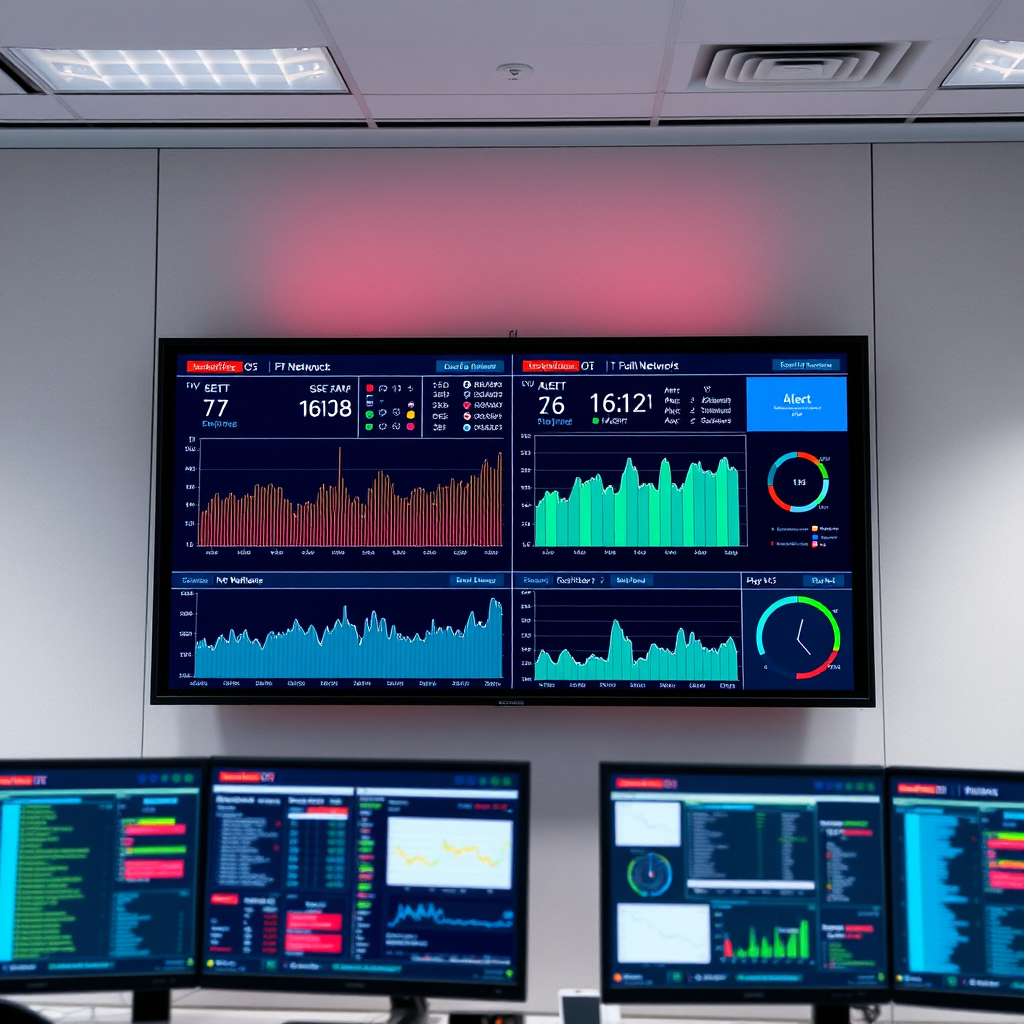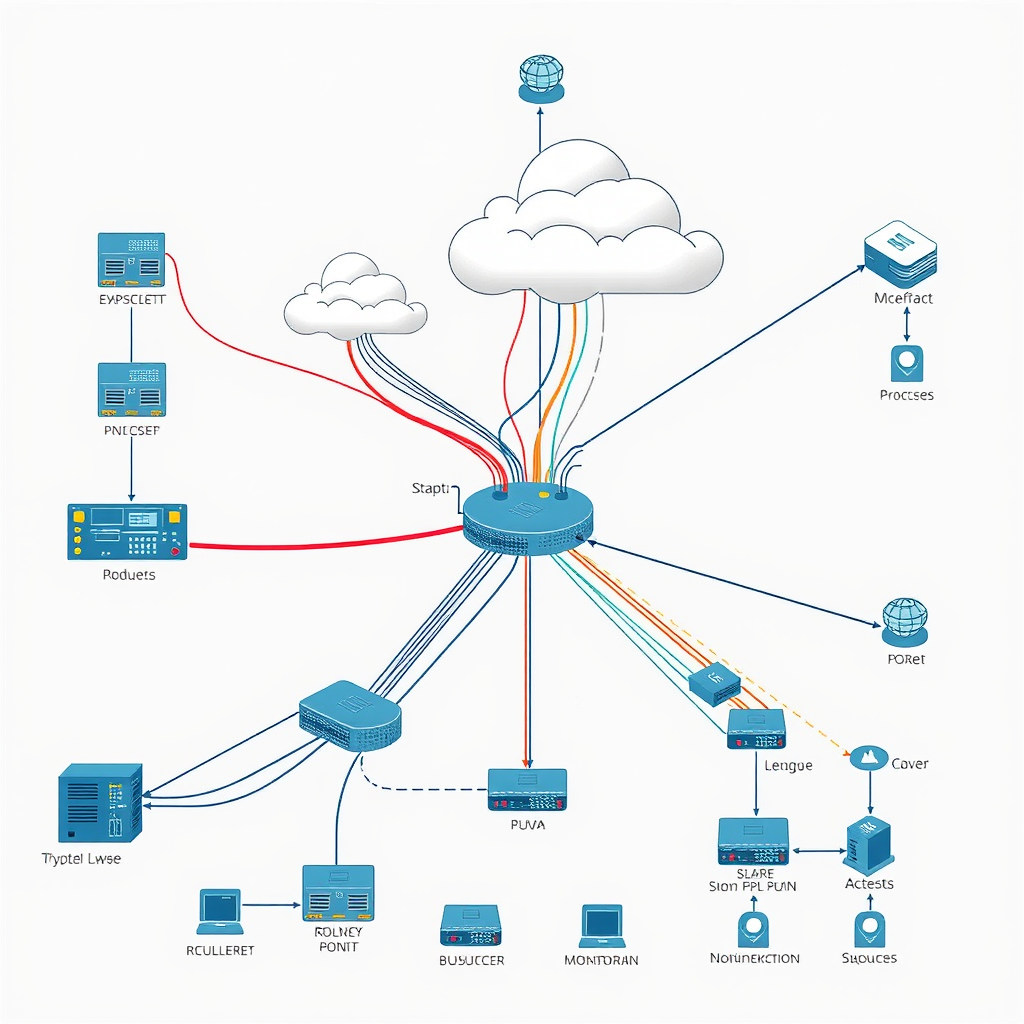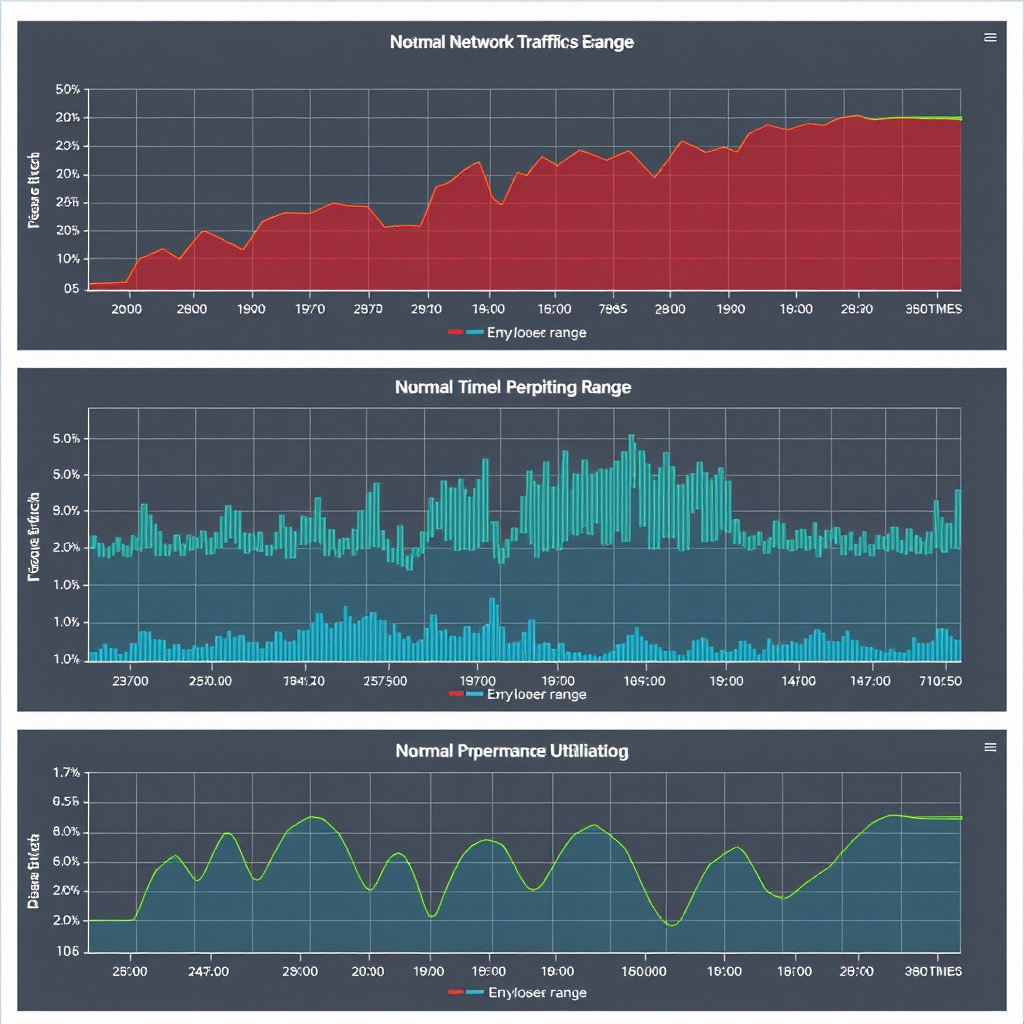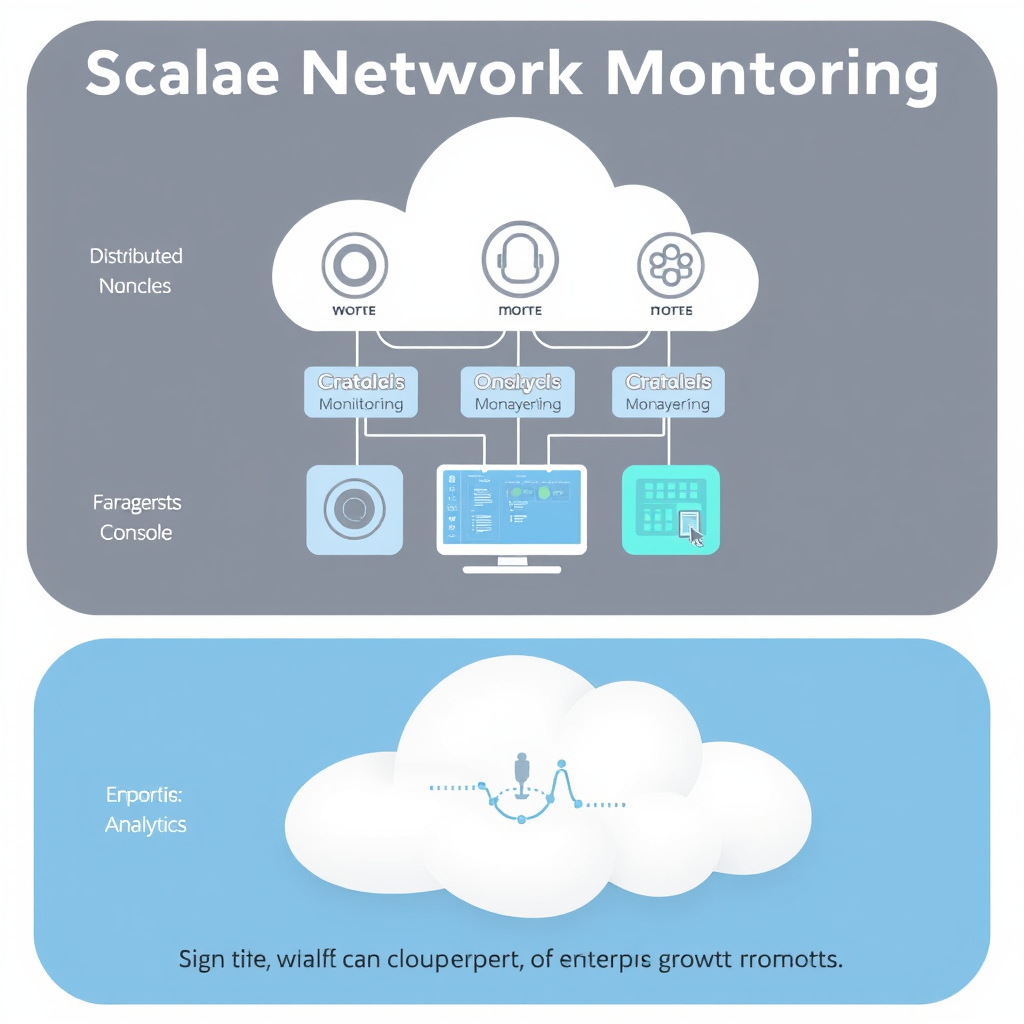Building Effective Network Monitoring Strategies for IT Departments

In today's interconnected business environment, robust network monitoring strategies are essential for maintaining operational excellence and preventing costly downtime. IT departments must develop comprehensive approaches that not only detect issues but also provide actionable insights for continuous improvement.
Understanding Network Monitoring Fundamentals
Effective network monitoring begins with understanding your infrastructure's unique requirements. Modern IT environments encompass diverse components including LAN networks, cloud services, and hybrid architectures that demand specialized monitoring approaches.
A successful monitoring strategy requires careful consideration of network topology, traffic patterns, and critical business applications. Organizations must identify key performance indicators that align with business objectives while ensuring comprehensive coverage of all network segments.

Implementing Automated Scanning Schedules
Automation forms the backbone of efficient network monitoring. Implementing systematic IP scanner schedules ensures continuous visibility into network health without overwhelming IT resources. Strategic scheduling balances thoroughness with system performance impact.
Best Practices for Scan Scheduling
- Peak Hours Consideration: Schedule intensive scans during off-peak hours to minimize impact on business operations
- Frequency Optimization: Critical systems require more frequent monitoring than secondary infrastructure components
- Resource Allocation: Distribute scanning loads across multiple time windows to prevent system overload
- Adaptive Scheduling: Implement dynamic scheduling that adjusts based on network activity patterns
Advanced LAN monitoring solutions enable granular control over scanning parameters, allowing IT teams to customize approaches based on specific network segments and device types.
Strategic Alert Configuration
Intelligent alert systems prevent information overload while ensuring critical issues receive immediate attention. Effective configuration requires understanding the difference between informational notifications and actionable alerts.
Critical Alerts
- Network device failures
- Security breach indicators
- Performance threshold violations
- Service availability issues
Warning Notifications
- Capacity planning indicators
- Maintenance reminders
- Configuration changes
- Trend analysis updates
Proper alert escalation ensures the right personnel receive notifications at appropriate times, reducing response delays and improving incident resolution efficiency.
Establishing Performance Baselines
Accurate performance baselines provide the foundation for meaningful monitoring and anomaly detection. Understanding normal network behavior enables rapid identification of deviations that may indicate problems or opportunities for optimization.

Baseline Development Process
Establishing reliable baselines requires systematic data collection over extended periods. Organizations should capture performance metrics during various operational scenarios including peak usage, maintenance windows, and seasonal variations.
Regular baseline updates ensure monitoring systems adapt to changing business requirements and infrastructure modifications. This dynamic approach maintains monitoring accuracy as networks evolve.
Creating Actionable Management Reports
Effective reporting transforms raw monitoring data into strategic insights that support decision-making at all organizational levels. Reports must balance technical detail with business relevance to serve diverse stakeholder needs.
Executive Dashboard Elements
- Service Level Achievement: Clear metrics showing performance against established SLAs
- Risk Assessment: Identification of potential vulnerabilities and mitigation strategies
- Cost Impact Analysis: Financial implications of network performance and incidents
- Strategic Recommendations: Data-driven suggestions for infrastructure improvements
Technical teams require detailed operational reports that facilitate troubleshooting and optimization efforts. These reports should include comprehensive device inventories, performance trends, and configuration change tracking.
Scaling Monitoring with Organizational Growth
Successful monitoring strategies must accommodate organizational expansion without compromising effectiveness. Scalable architectures and flexible toolsets enable IT departments to maintain visibility as networks grow in complexity and size.

Cloud-based monitoring solutions offer particular advantages for growing organizations, providing elastic capacity and advanced analytics capabilities without significant infrastructure investments.
Integration capabilities ensure monitoring systems work seamlessly with existing IT service management tools, creating unified operational workflows that improve efficiency and reduce complexity.
Implementation Best Practices
Successful network monitoring implementation requires careful planning and phased deployment approaches. Organizations should prioritize critical systems while gradually expanding coverage to encompass entire network infrastructures.
Key Success Factors
- Stakeholder alignment on monitoring objectives and success metrics
- Comprehensive staff training on monitoring tools and procedures
- Regular strategy reviews and optimization based on operational experience
- Integration with incident response and change management processes
Continuous improvement ensures monitoring strategies remain effective as technology landscapes evolve. Regular assessment of monitoring effectiveness and adjustment of strategies based on lessons learned maintains optimal network visibility and control.
Future-Proofing Network Monitoring
Modern monitoring strategies must anticipate future technological developments including artificial intelligence, machine learning, and advanced automation capabilities. These technologies promise to enhance monitoring effectiveness while reducing manual intervention requirements.
Organizations investing in flexible, standards-based monitoring platforms position themselves to leverage emerging technologies without complete system replacements. This approach ensures long-term value from monitoring investments while maintaining operational continuity.
The evolution toward predictive monitoring capabilities represents a significant opportunity for IT departments to transition from reactive to proactive network management, ultimately improving service quality and reducing operational costs.